Art books are so much more than £100 coffee table whoppers — in these picks you’ll discover a defence of the “cancelled” artist Paul Gauguin, plus adventures in the murky world of stolen antiquities, London’s “Del Boy” fine art auctioneers and the country’s church graveyards. And that’s before you start on our obsession with cats (Thomas Hardy called his Kiddlewinkpoops-Trot). This year has brought enough great writing to keep any art-lover satisfied — and if you do want that £100 coffee table whopper, we’ve got you covered with a sunlit collection of Pierre Bonnard’s still lifes.
When I say that Wild Thing reads like a novel, I mean it as the highest compliment. Scholarly, yes, but a page-turner too. The Gauguin of this superb, propulsive biography is like the tragic hero of a novel by Victor Hugo or Émile Zola. He is irascible, irrational and irresistible. Sue Prideaux is robust when it comes to calls to cancel Gauguin. She sets him in his times rather than judging him by the standards of ours. Spreader of syphilis? Abuser of underage girls? Unrepentant colonialist? Prideaux takes on every accusation. She offers you close, revelatory readings of the paintings and the peripatetic sweep of Gauguin’s life. On a wet winter’s afternoon, Prideaux’s evocations of Gauguin’s stints in Peru, Martinique and Tahiti will transport you. What a selfish, charismatic scoundrel he was.
Faber £30
Buy a copy of Wild Thing: A Life of Paul Gauguin here
Cat Land: Feline Enchantment and the Making of the Modern World by Kathryn Hughes
Christmas wouldn’t be Christmas without a Louis Wain cat: cats under the mistletoe, cats wassailing, cats in Father Christmas hats. In this biography, Kathryn Hughes tells the story of the troubled artist who carved out a career as a cat hack artist for the illustrated press before ending up in a pauper’s lunatic asylum where he drew psychedelic, kaleidoscopic kittens that were decades ahead of their time (the Sixties pop artists loved them). Hughes also tells the story of how the cat went from unloved mouse catcher to the most pampered of Victorian and Edwardian pets with such lamentable names as Kiddlewinkpoops-Trot (a cat belonging to Thomas Hardy) or Little Bunny Teedle Tit (a cat show champion). Prowl the rooftops with the first “cat burglars”, discover why the Siamese didn’t please and sympathise with Florence Nightingale, whose cats wouldn’t breed with pedigrees but were forever chasing after “low Toms”.
4th Estate £22
Buy a copy of Cat Land: Feline Enchantment and the Making of the Modern World here
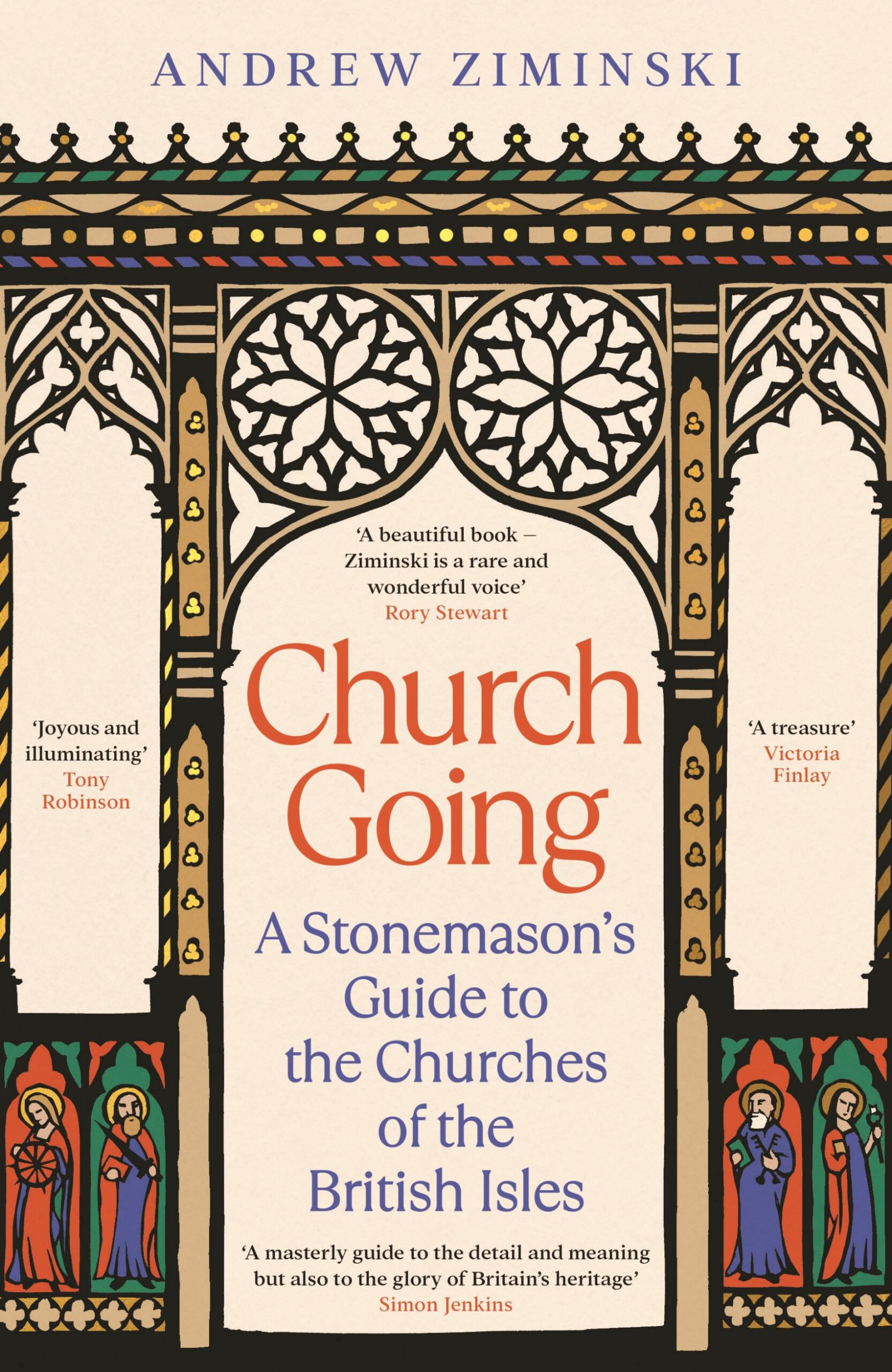
Church Going: A Stonemason’s Guide to the Churches of the British Isles by Andrew Ziminski
Andrew Ziminski had an unexpected hit with his first book, The Stonemason: A History of Building Britain, which mixed experience, scholarship and outrage at shoddy workmanship. Now Ziminski, a stonemason with more than 30 years’ experience, is back with Church Going, a lively and loving anatomy of church architecture. For Ziminski, as for Philip Larkin, there is no such thing as just “another church: matting, seats and stone”. Every seat and stone has a story to tell. Ziminski tells them with aplomb, leading us through parish church graveyards, up spiral staircases and to the tops of spires and towers, uncovering what has been hidden, dragging you by the arm to notice everything from “transi” tombs with their dire carved skeletons to the bawdy sheela-na-gig who bare their bits.
Profile £25
Buy a copy of Church Going: A Stonemason’s Guide to the Churches of the British Isles here
Advertisement
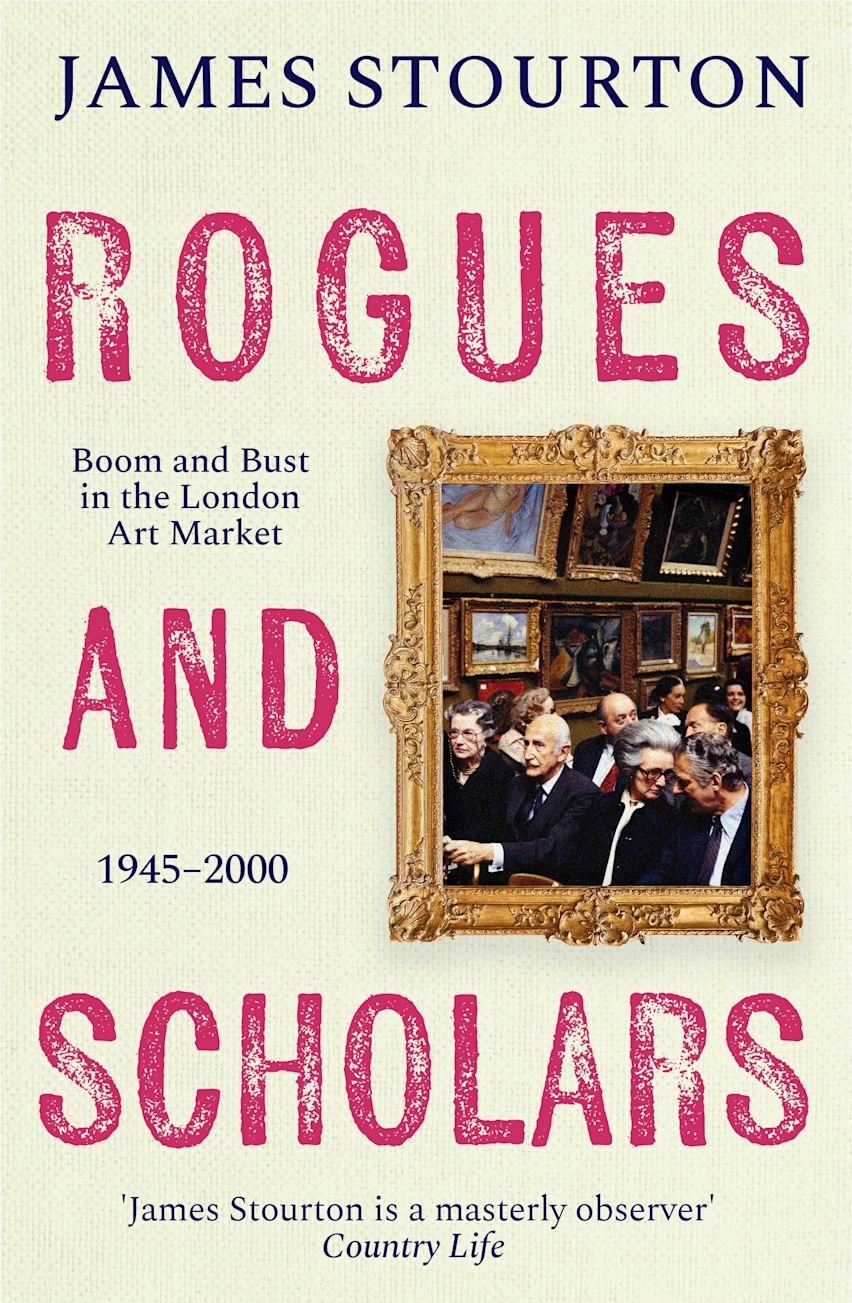
Rogues and Scholars: Boom and Bust in the London Art Market, 1945–2000 by James Stourton
This is a riveting, gossipy history of the London art trade from the end of the Second World War to the present. If you’ve ever suspected that fine art auctioneers are only better-suited, better-connected, wheeling and dealing Del Boys, this book won’t disabuse you. The former chairman of Sotheby’s James Stourton is a charming, assured master of ceremonies with a gift for suspense and a nose for the scurrilous. There are enjoyable insights: the Japanese enthusiasm for designer brands led them to buy into “Monet” and “Renoir” with as much zeal as they did Louis Vuitton or Prada. There are also scandals galore. I liked the one about the stolen antiquities left in a luggage locker at Marylebone station wrapped in copies of the Racing Post.
Bloomsbury £30
Buy a copy of Rogues and Scholars: Boom and Bust in the London Art Market, 1945–2000 here
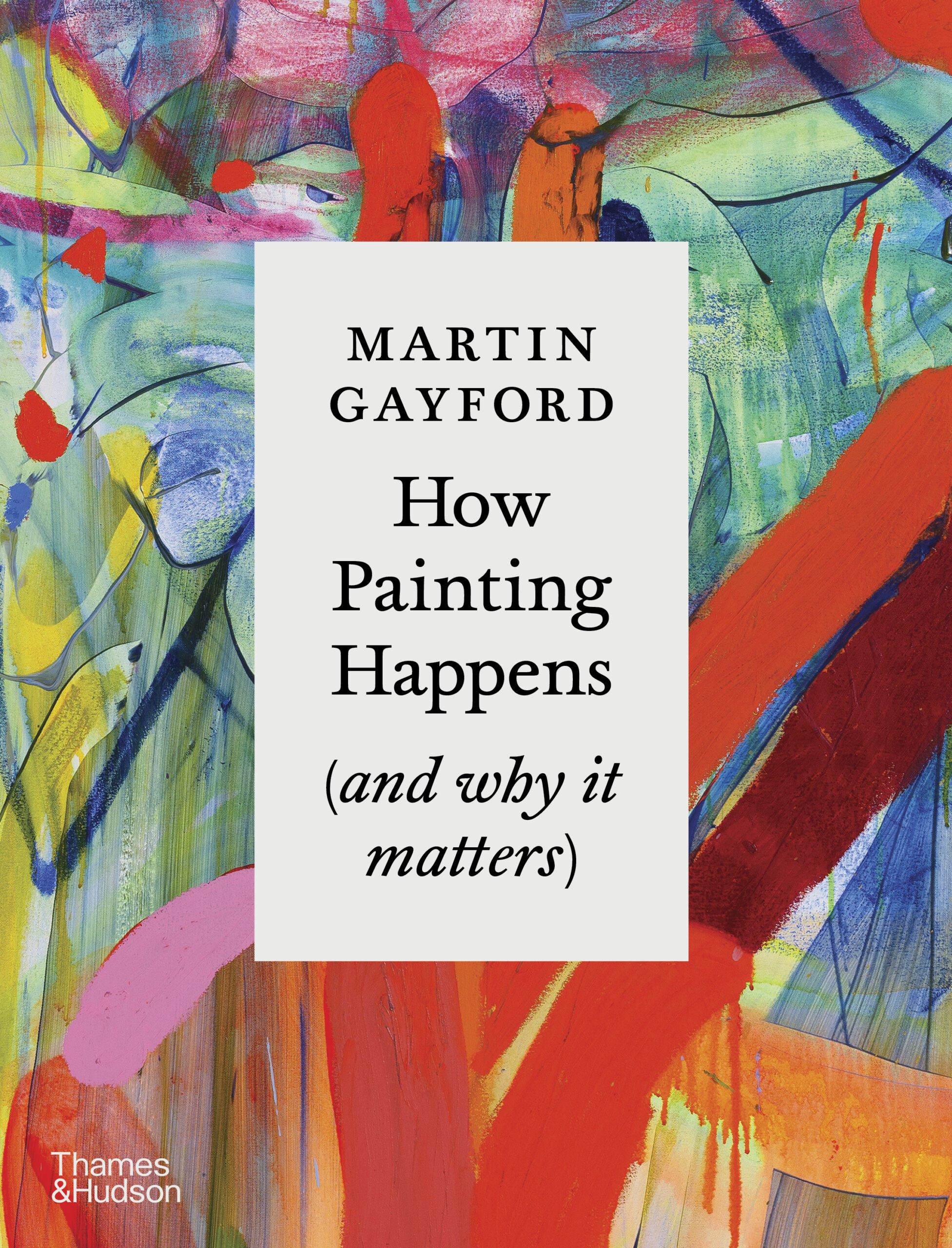
How Painting Happens (And Why It Matters) by Martin Gayford
“You don’t know how paralysing it is,” Vincent van Gogh wrote to his brother, Theo, “that stare from a blank canvas that says to the painter you can’t do anything.” Martin Gayford’s How Painting Happens is a celebration of the painters who go into battle against the blank canvas. In this wide-ranging book, Gayford draws on art history and his experience of interviewing artists. It roams from the first cave paintings to the hottest contemporary names. Rather than a chronological trot through eras and styles, the approach is discursive, digressive and surprising so that you encounter Edgar Degas set against one of this year’s Turner prize nominees, Claudette Johnson. It’s a book that doesn’t tell you what to think, but seeks to set off sparks. “Many painters are afraid of the blank canvas,” Van Gogh’s letter continues, “but the blank canvas is afraid of the truly passionate painter who dares.”
Thames & Hudson £35
Buy a copy of How Painting Happens (and why it matters) here
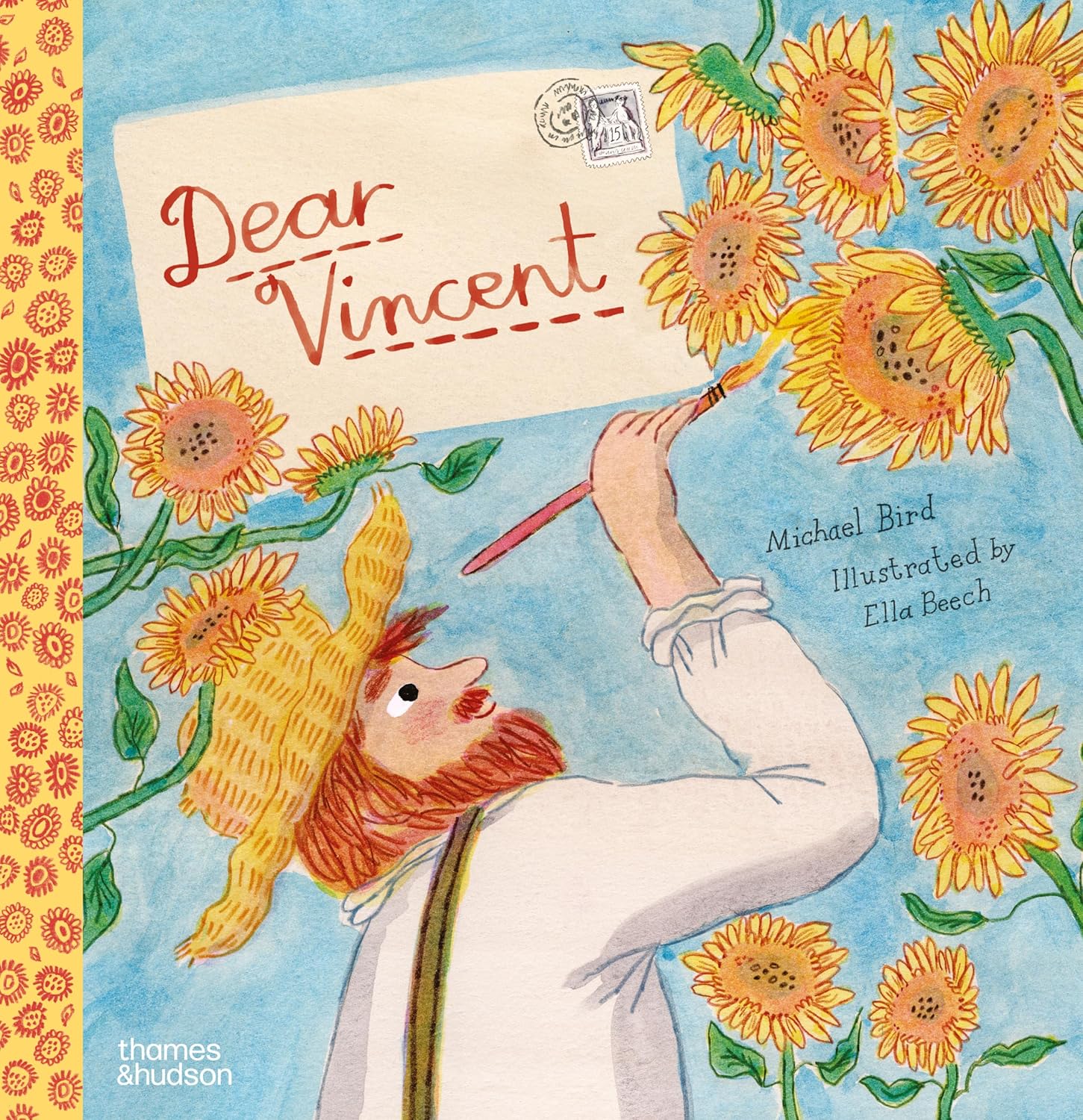
Dear Vincent by Michael Bird, illustrated by Ella Beach
Speaking of Vincent … you’re never too early to start on art, so for the smallest art lover in your life, wrap up a copy of Dear Vincent, written by the art historian Michael Bird and joyfully illustrated by Ella Beech. Drawing on the letters Vincent van Gogh sent to his brother, Theo, Bird and Beech revisit the artist’s revelatory stay in Arles when his imagination was transformed by the light of the south of France. It was where Van Gogh painted his sunflowers, his orchards in blossom and the postman Joseph Roulin — all faithfully captured here. The story stops just short of the ear-slicing episode, which is probably for the best given the targeted age group of four to eight. My daughter, aged two, loves spotting the cats, dogs and pigeons and, thanks to Van Gogh, has been inspired to draw lustily all over the sofa.
Thames & Hudson £14.99
Buy a copy of Dear Vincent here
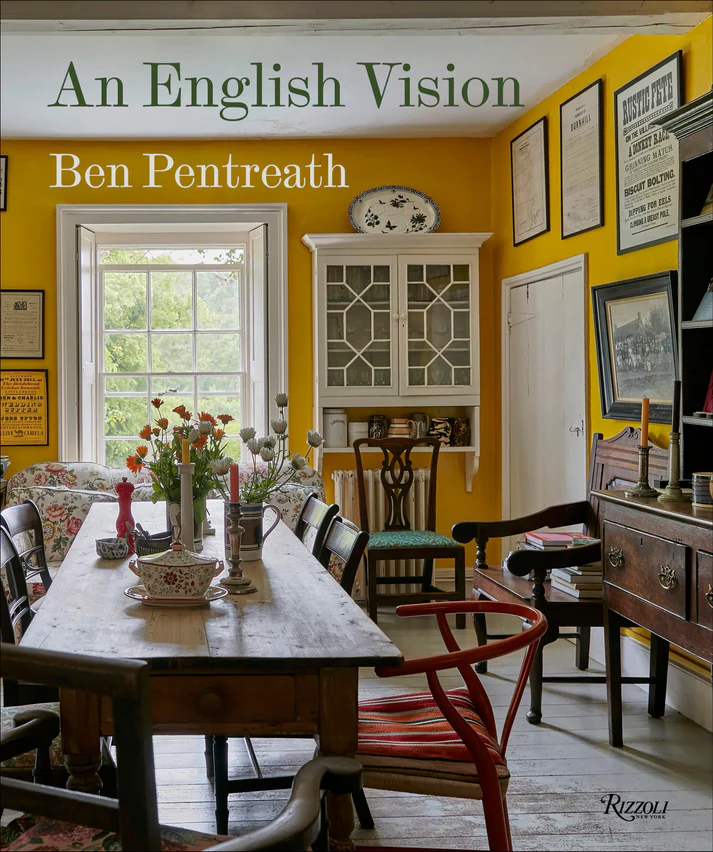
An English Vision by Ben Pentreath
The first item on this year’s “Things the interior designer Nicky Haslam finds common” tea towel is “books on decoration”. Perhaps Haslam would make an exception for An English Vision. Sometimes you want a learned tome and sometimes you just want to look at delicious pictures. Ben Pentreath — an architect, a designer and the master planner of King Charles’s Dorset toytown Poundbury — has matched his eye for a gorgeous interior with short chapters dissecting the English style: a dash of Palladianism, a pinch of William Morris, a potent blend of Soane and Bloomsbury, all spiced with lustre jugs, mochaware mugs and damply crumbling plaster. One of this country’s greatest cultural exports is the English country house and garden — imitated round the world. This handsome book explains where that vision came from and how it has changed to keep up with the times.
Rizzoli £45
Buy a copy of An English Vision here
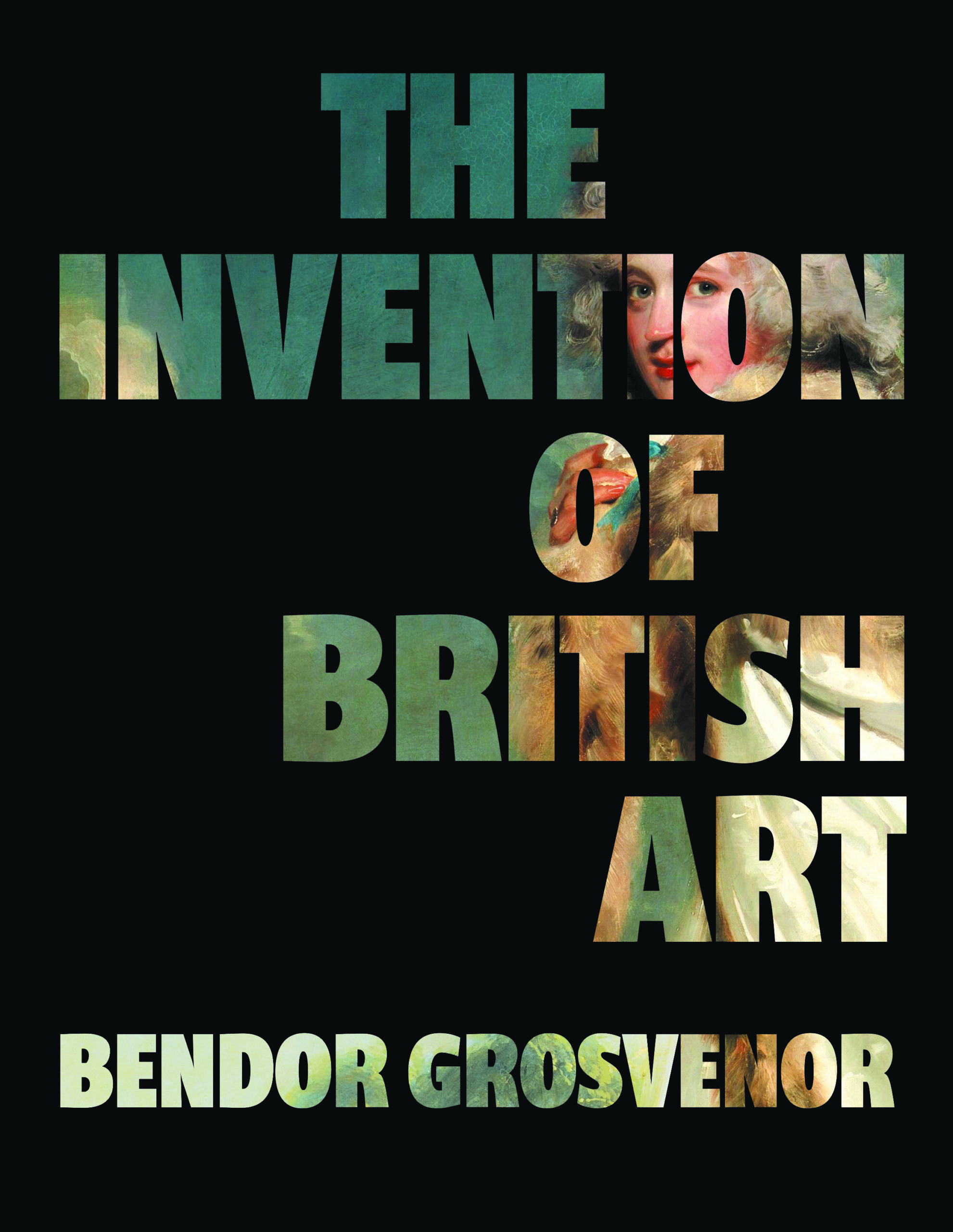
The Invention of British Art by Bendor Grosvenor
Bendor Grosvenor is a self-confessed “evangelist for British art”. British art is fortunate in its champion. The art historian, art dealer and co-presenter of BBC4’s Britain’s Lost Masterpieces is an elegant, insightful writer. Jargon? None. Theory? Never. Talking down? Not on your life. Grosvenor begins at the beginning with the Creswell Horse — a shard of animal bone carved with the outline of a horse’s head about 12,000 years ago — and leads us through the centuries to the great flourishing of landscape painting under Constable, Gainsborough and Turner. Our island art story is anything but insular and Grosvenor traces the influence of foreign artists on our national style. (In 1468 English artists and artisans were losing so much work to “strangers” they plotted to cut their rivals’ thumbs off.) Grosvenor is as interested in illuminated manuscripts, jewels, tapestries, churches, sculptures and stained glass windows as he is in pure painting. His arguments are punchy and his take original. What, no pre-Raphaelites, you say? No St Ives School? In his closing statement, Grosvenor sets himself up for a sequel.
Elliott & Thompson £40
Buy a copy of The Invention of British Art here
Advertisement
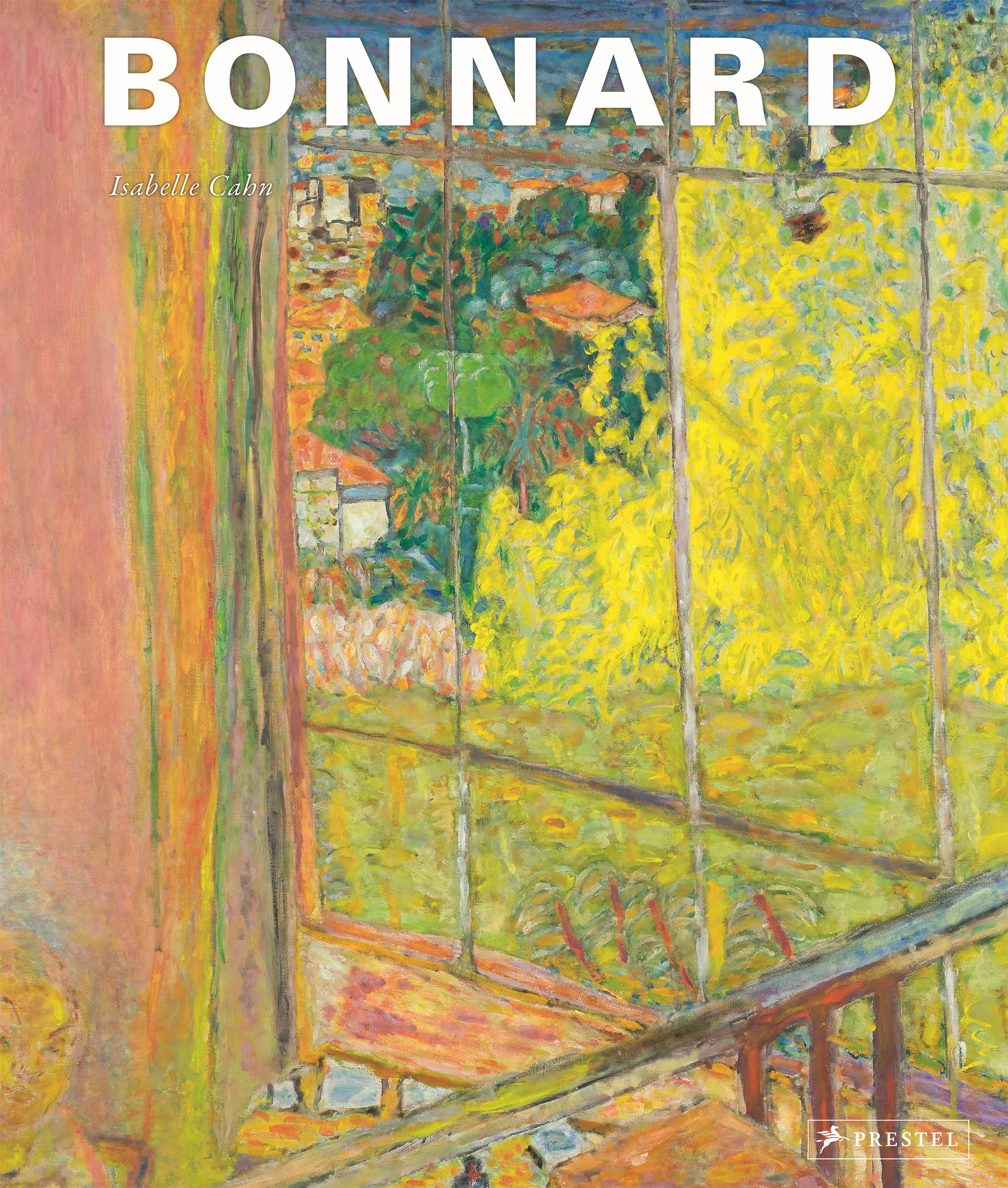
Bonnard by Isabelle Cahn
“Is Bonnard a great painter?” asks the commendably honest closing chapter to this luscious survey of the art of the French painter Pierre Bonnard. Not as good as Cézanne, Matisse or Monet, certainly. Did he paint delicious pictures that celebrate all the best things in life — lunch on the terrace, gardens in spring, cats on laps, checked tablecloths, chintz sofas, fruit, flowers, coffee pots, deep bathtubs and the sea? He absolutely did. Bonnard was known as “the painter of happiness” — a play on the French “bonheur”. The art critic Guillaume Apollinaire, a supporter of the more avant-garde art of cubism and orphism, confessed that even he was susceptible to the “seductive, cultivated paintings of Mr Bonnard”. Abandon yourself to beauty with this sumptuous, sunlit book.
Prestel £99
Buy a copy of Bonnard here
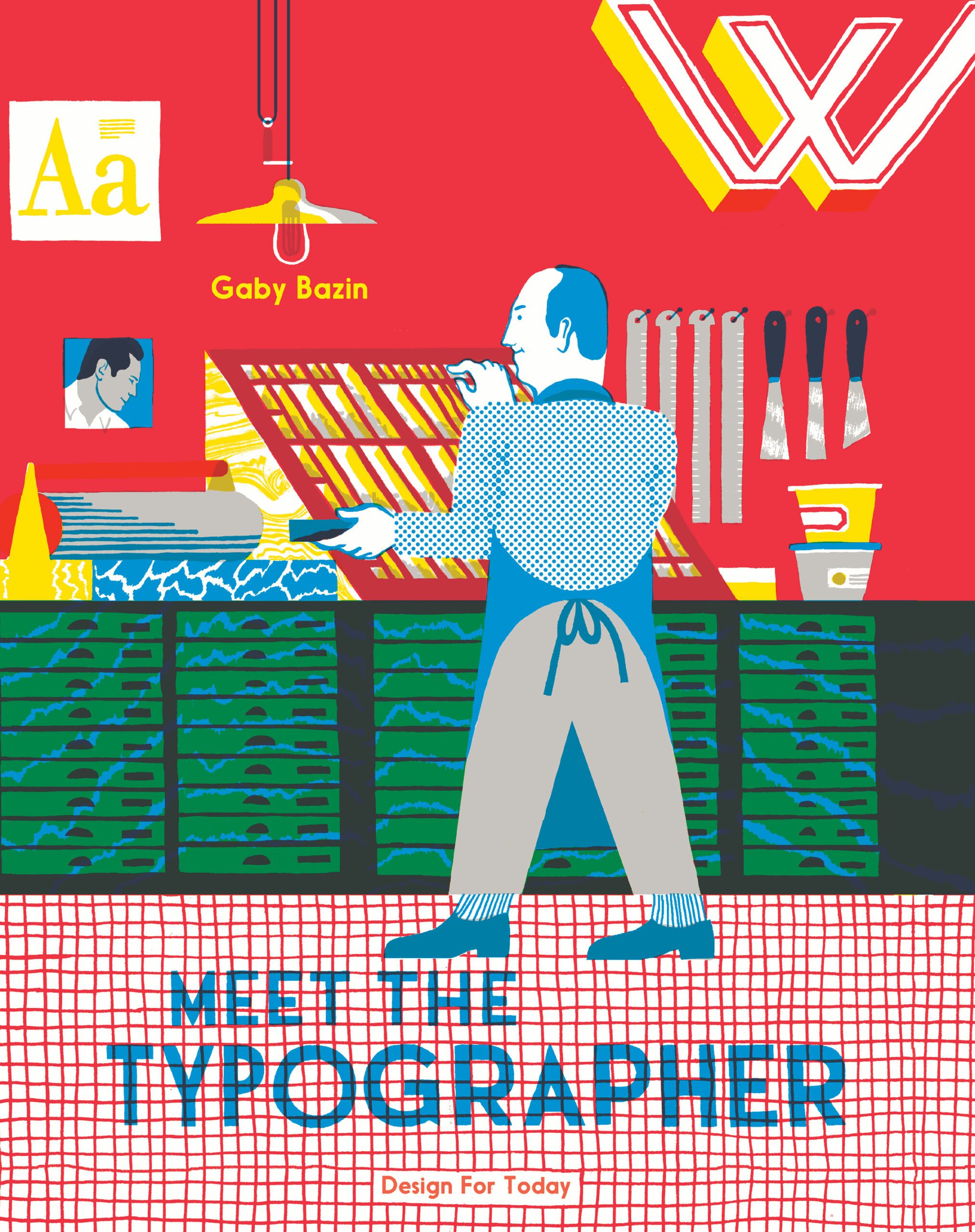
Meet the Typographer by Gaby Bazin
A book to delight design geeks, typography obsessives and anyone who still thrills to an old-fashioned letterpress invitation. It sure delighted me. The French author and illustrator Gaby Bazin tells the story of the invention of moveable type and printing in a series of gorgeously coloured vignettes and diagrams. Moving from the Gutenberg Bible to the intricacies of organising type (lesser-used capital letters in the “upper case”, more commonly used letters in the “lower case”), this charming canter through inks and rollers, mirror writing and composing sticks would be just the thing to fill a stylish stocking.
Design for Today £16.50
Buy a copy of Meet the Typographer here
Explore more of The Times and Sunday Times best books of 2024 with our complete guide. Then see who’s topping The Sunday Times Bestsellers List — the UK’s definitive sales chart
★ Visit mytimesplus.co.uk for your chance to win a Books of the Year bundle
What was the best book you read this year? Add your recommendations in the comments
This post was originally published on here







